If you are an active gardening enthusiast, then you will be very aware of plant bulbs. Many plants, both edible and flowering, have a body part that is mare swollen and heavier than the rest of the body. This swollen part is very rich in nutrients and minerals and contains a lot of water.
When a plant loses its shoot system and the flowers and leaves, it is only left with these bulbs. The bulbs connect the root system with the shoot system and are vital organs in a plant.
The whole plant’s life is conserved and limited in these swollen bulbs when they lose their shoot system. These bulbs are not present in every plant. You will find a bulb in tulips, onions, etc. The onion that we eat is itself a bulb.
A bulb usually remains under the ground. Bulbs can be broadly divided into two types according to the plants they belong to. Some bulbs are tender. These bulbs are found in plants that grow very well in winter but do not grow in the winter season.
So, these bulbs are sown in the spring season, i.e., after winters, to flourish in the summers. These bulbs are taken out in the fall before the winter season as it cannot bear the freezing temperatures.
The second variety of plant bulbs are the hardy and tough ones. These do not get bothered by the winters and excess cold and remain inside the ground for most of the year.
You do not have to worry about these varieties’ plant bulbs as they do not have to be taken out of the ground and stored, which is the case with the tender counterparts.
A bulb is a propagative part of the plant, and hence you can plant this on the ground to get yourself new and colorful plants and flowers. You can get plant bulbs from nurseries and stores, or you can get them from the already growing plants in your backyard (obviously, if you have them in the back).
So today, we will be learning about the best practices and the steps of sowing a bulb. We will also discuss how to store bulbs(off-season). All you need to do is read this article till the end to have a clear and actionable plan to plant your bulbs and then storing them when the time comes.
You don’t need to learn how to plant bulbs in case you have hardy bulbs with you as they don’t have any threat from the winters and freezing temperatures, but in case if you have or are looking to cultivate tender bulbs, then you are also required to know how to store bulbs. We will be learning more about this in the latter half of the article.
So, let us start with learning the steps and best practices for planting your bulb.
How to Plant your Bulb?
Planting your bulb could be a straightforward task if you have done this before. But if you are doing it for the first time, then chances are you might face problems in planting them. This process does not just involve digging soil and burying the bulbs in the ground.
To plant your bulbs rightly, you will also have to prepare the soil, select a location, etc. Let us learn the process of planting a tree stepwise.
Picking the Bulbs
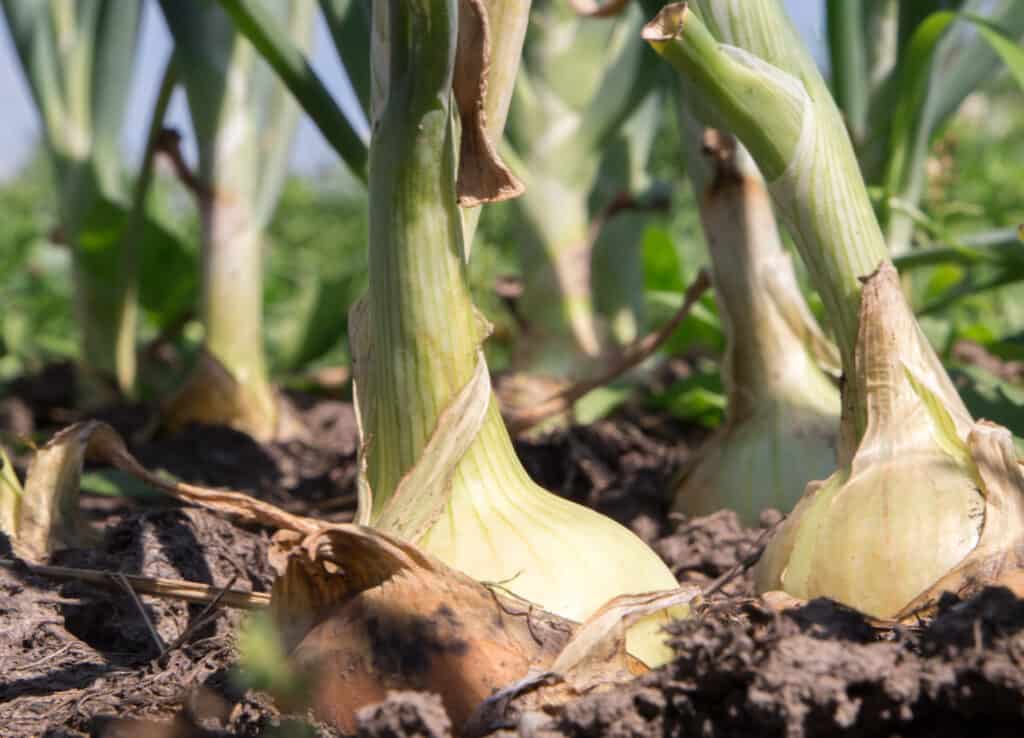
As already discussed, bulbs are of two types, and the type you want to sow is dependent on the season or the time of the year.
You aren’t required to worry about the season for a hardy bulb, but if you are looking to plant a tender bulb, you are needed to plant it in the spring season and not in the winters.
The reason being that these bulbs do not thrive and can even do in the winter season.
Selecting the Area
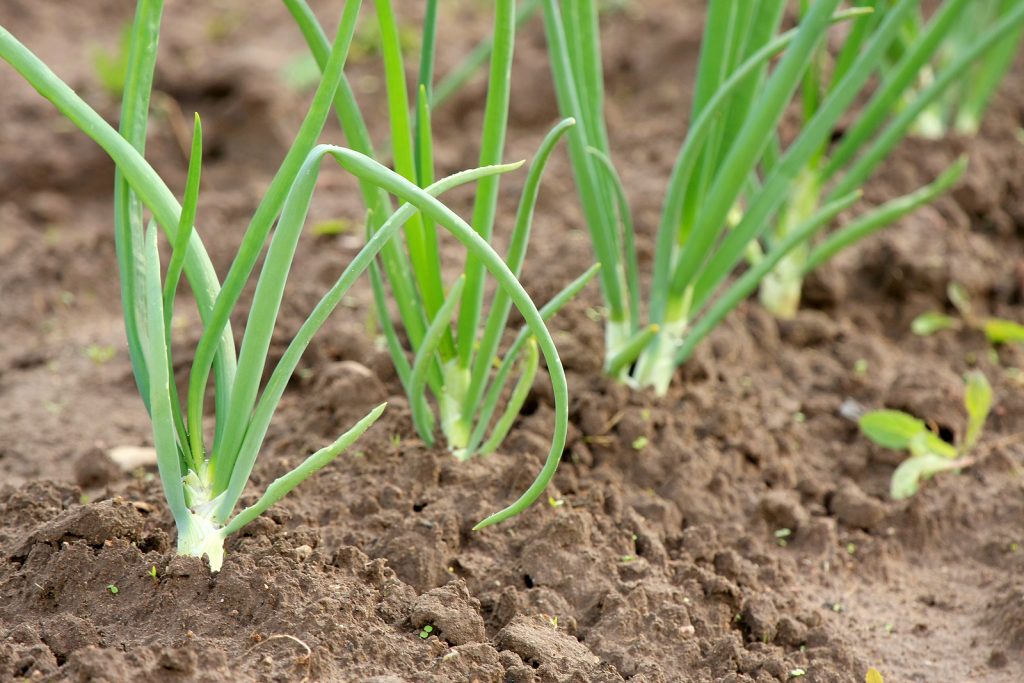
It would help if you also decided the area where you will be planting your bulb. It would help if you did not plant it in an area in the garden that gets submerged with water mostly.
You also do not want to plant it in an area that receives low sunlight as it would affect its growth a lot.
The best option for you would be to mark the areas with a flag or a stone and then plant the bulbs in that area.
If you are a city dweller and, like most city dwellers, live in an apartment, it would be not very smart to select the right location in your backyard because you do not have one.
In that case, you can plant the bulbs in pots just how you would plant any other plant.
Prepare the Soil
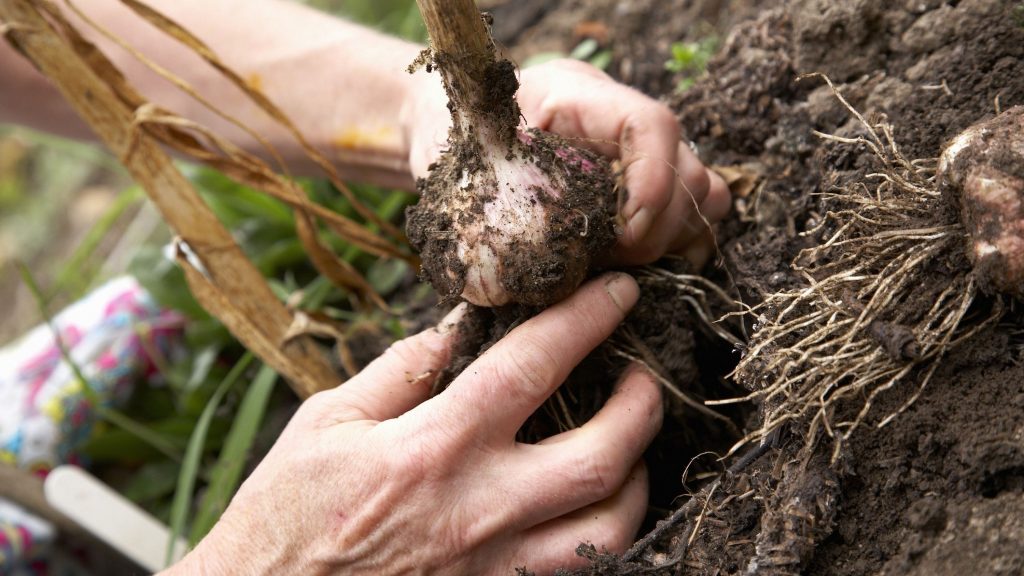
Once you have selected the area, the next step you are required to take is to prepare the soil well for planting the bulb.
Properly aerate the soil and make sure that it is not that heavy and not that dry at the same time. There are many tools available for preparing the soil in the way that you want.
Dig the Holes
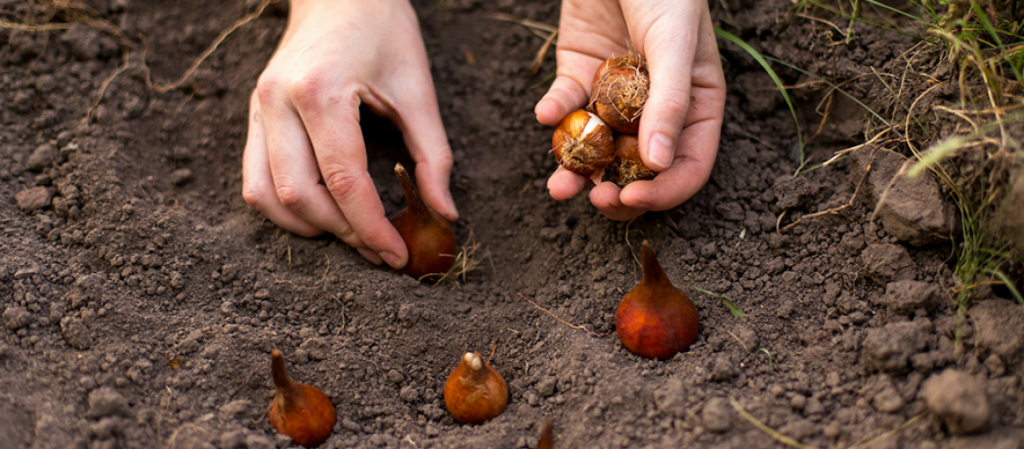
You might have already dug the holes, but we would talk about it in detail as this step needs preciseness.
Your hole should 2.5x the width of the bulb to make sure that it grows properly. By the way, you can also layer one bulb above the other.
This is done to make sure that the area appears more greenish and livelier. The bulbs at the top of the layer should be the ones that are small and the bigger and older ones at the bottom.
Sow the Plant Bulbs
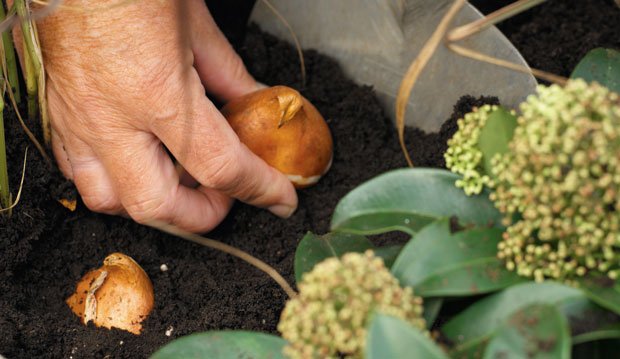
After you have dug the ground now, it is time for you to do the most essential and prominent task. It would help if you placed the bulb in the right upright position so that it grows nicely. It would help if you ensured that the tip is towards the top and the root portion is towards the bottom.
Apply Fertilizers or Manure and Cover
After making sure that the plant bulb is sown in the right position, you can apply fertilizers in the soil to facilitate its growth and provide it with early nourishment. After providing the manures and fertilizers, you should cover it nicely.
You are also required to water the plant bulbs regularly so that your plant gets the essential nutrients and grows well. It would help if you watered it regularly.
How to Store Bulbs?
Now that we are aware of the process of growing a plant bulb, I think it is the right time for you to get accustomed to the process of how to store bulbs. But first, why do we even need to store them in the first place?
The answer to this question is straightforward, and we have discussed it already. The tender variety of plant bulbs do not last in the cold weather and are not suitable for the winters.
So, they must be plucked out before the winter season and are planted back in the spring season just before the summers set in.
So, having given this reason, it is essential to take out these tender bulbs from the ground and store them safely to protect them from the freezing winters.
Cutting the Plant Bulbs
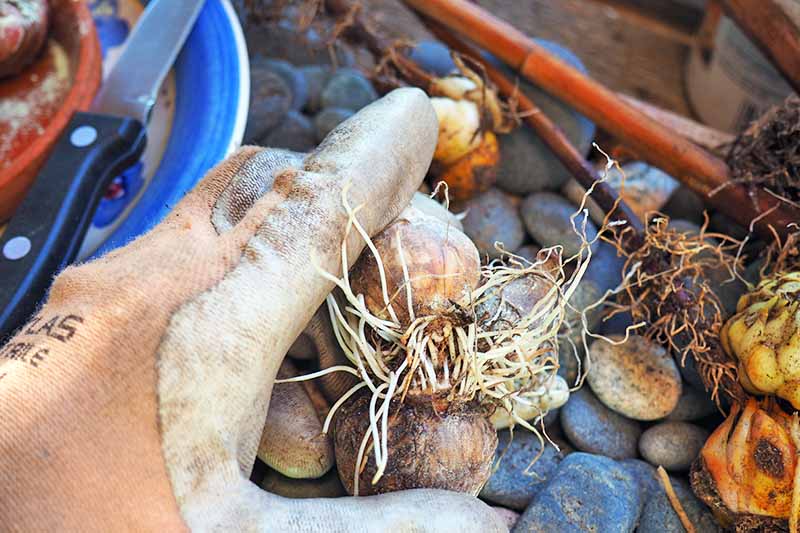
Before storing the plant, you need to cut the plant’s vegetative part except for the bulb. You can do it when the plant is sown or do it after taking out the plant bulbs. It is up to you.
Container
The next thing you need to think about while storing a plant bulb is the container itself. The container needs to be big enough to store all the plant bulbs easily and should be dry.
Generally, people prefer using a cardboard box for storing the plant bulb. You can also layer the surface of a cardboard box with dry paper. Make sure that the container is dry and does not absorb moisture.
Dig the Bulbs
The next step in how to store bulbs is to dig the bulbs. You are required to be very careful and precise while carrying out this job; otherwise, you might end up damaging your plant bulbs. Dig up the bulbs nicely and make sure that it is not damaged from the shovel while digging.
If your plant bulb is damaged, you can wipe the cut area with a fungicide to prevent fungal attacks. Do not carry this step very hurriedly and do it with precision.
Store the Bulbs
The last step involved in learning how to store plant bulbs is storing them in the selected boxes after being dug carefully from the ground
After taking the bulbs out from the ground, you need to wipe it off carefully so that it is free from all the dirt and moisture and can be stored carefully without the fear of rotting. Store your bulbs in a clean and dry place and plant them back again when it is time.
Conclusion
So, the above process would have helped you with how to store bulbs and plant them. Ensure that you are aware of the type of bulb you possess (tender or hardy) before proceeding any further with the digging.
If your plant bulb is of a hardy variety,n you do not have to worry about it dying in the winters, so you do not have to dig them.
Also, plan a layout before planting the plant bulbs. Small young bulbs should be sown close to the ground, whereas the big and mature ones can be planted a little deeper.
Also, try using good quality fertilizer that will facilitate the growth of your plant bulb. Now that you know how to store bulbs and, more importantly, plant them, best of luck in implementing them.

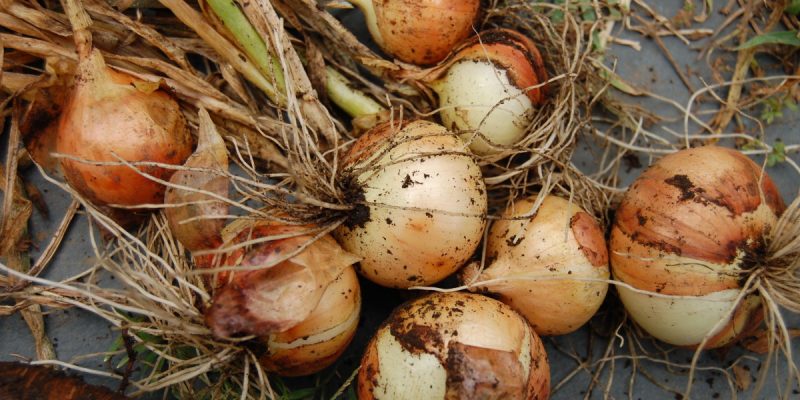

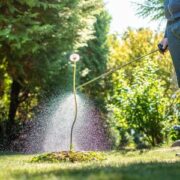

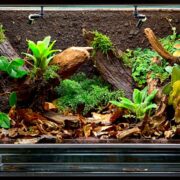
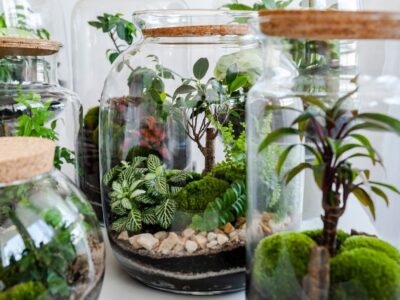
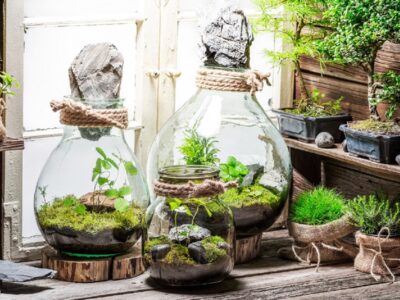
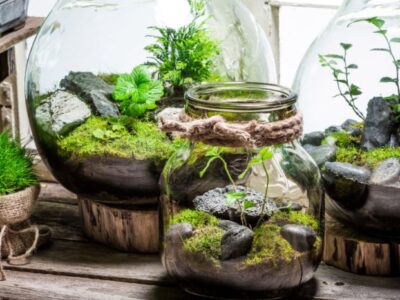
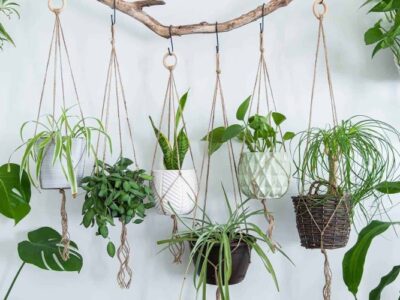

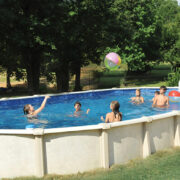
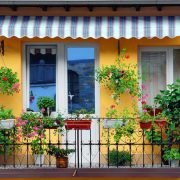
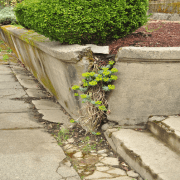
Comments